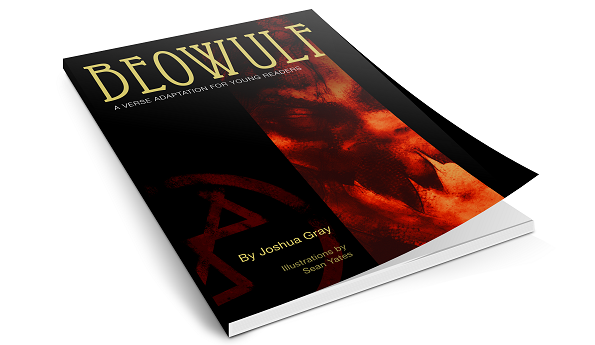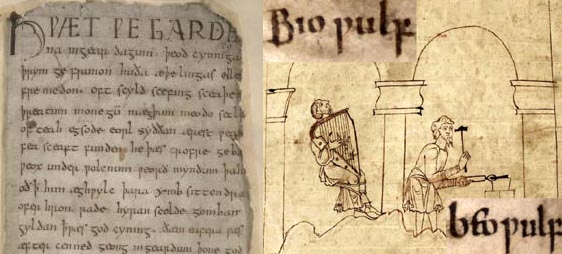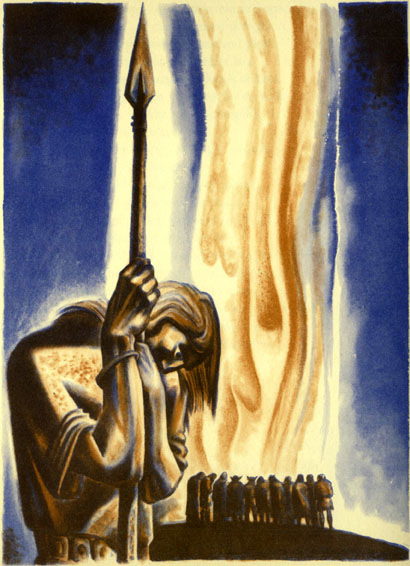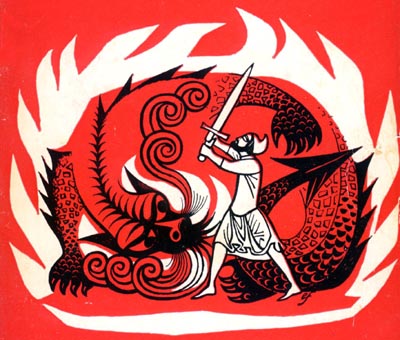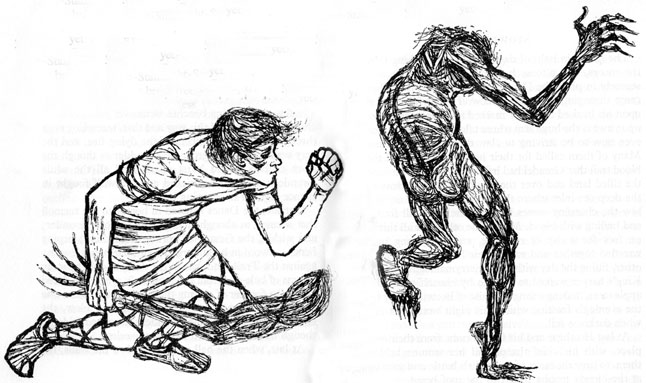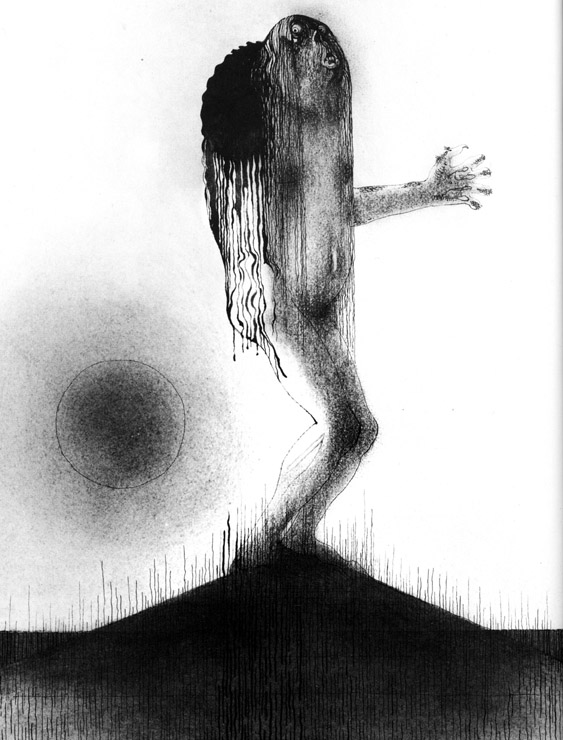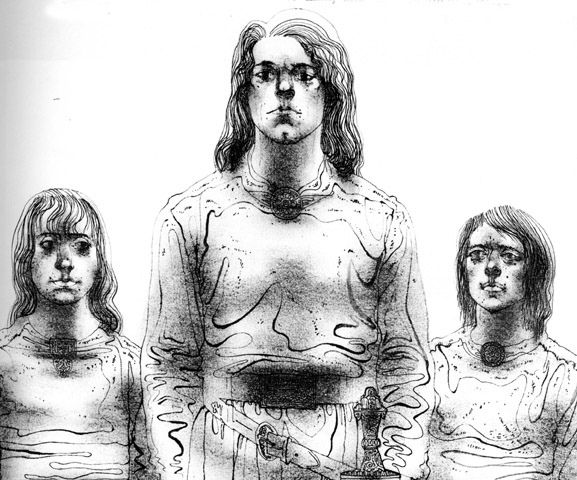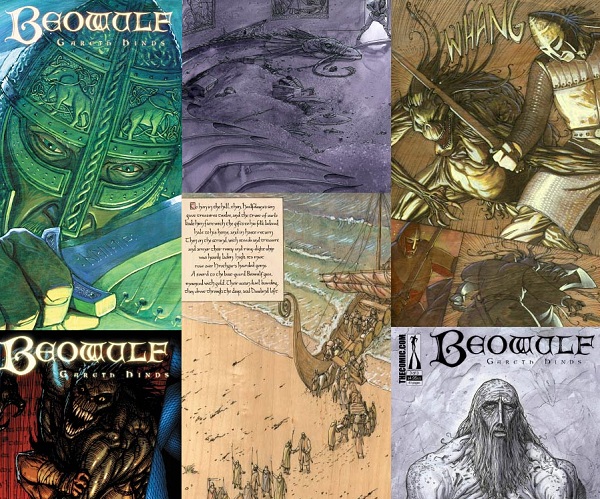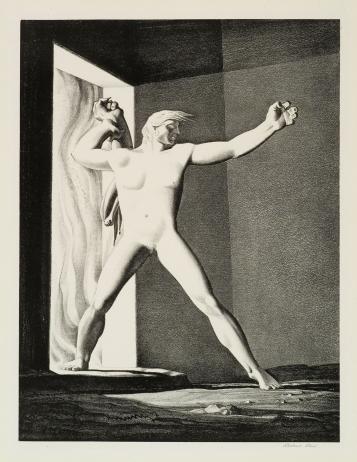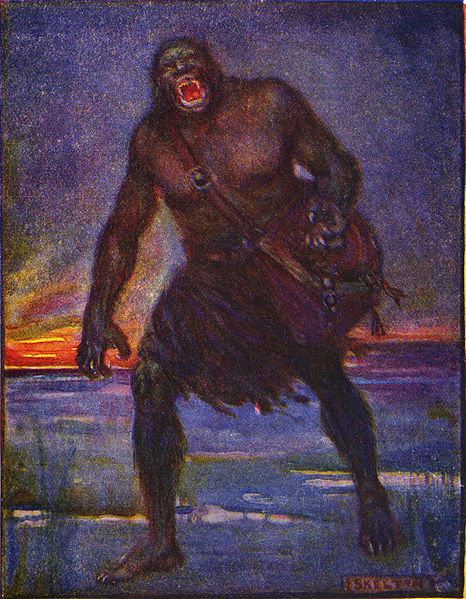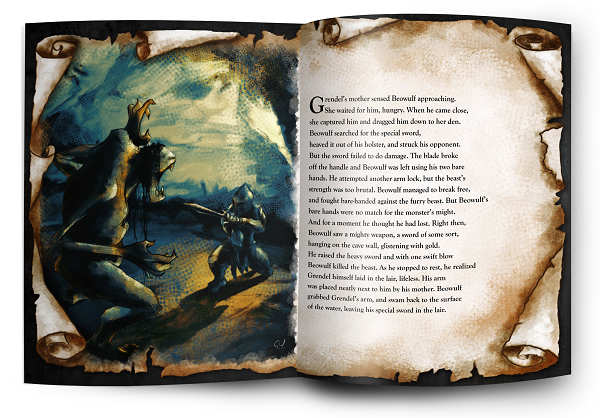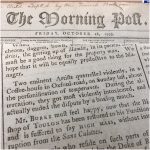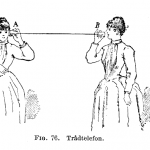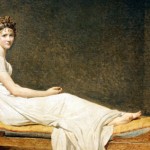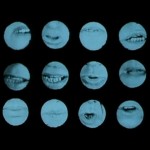
Long Live Viking Wardrums! Beowulf Is Back In Action
Art, Art Retros, LiteratureOver the years the publication of new versions of the epic of Beowulf has led to much captivating artwork. Mr.Zouch counselled that an exploration of this art would be a good way to celebrate the release of Beowulf: A Verse Adaptation with Young Readers in Mind by Joshua Gray. This title is the first ever published by Zouch’s fledgling Six Shilling Press.
The words are intended to be read aloud or even sung (maybe accompanied by the beat of a Viking wardrum or Anglo-Saxon lyre? Check out Benjamin Bagby’s version). It’s Joshua Gray’s meticulous preservation of this age-old rhythm that makes his version special. Well, this coupled with the killer illustrations by Sean Yates.
When you think of Beowulf don’t you picture some Old English-style art, or ancient manuscript?
Perhaps you imagine something more cliche and fairytale-like?
A medieval Viking tapestry?
Thankfully, over the past century there’s been a wealth of interesting contemporary explorations of Beowulf. The following illustration by Lynd Ward was my favorite from a 1939 version of Beowulf by William Ellery Leonard:
Mid-20th century British illustrator Eric Fraser of Radio Times fame created this striking image of Beowulf’s battle with the Dragon:
Charles Keeping contributed art to the 1961 version of Beowulf by Rosemary Sutcliff, including this quirky depiction of Grendel losing an arm:
Kevin Crossley-Holland’s later version of Beowulf featured even more cool black and white illustrations by Keeping. While the illustrations are depictions of a medival narrative, don’t they just look ironically definitive of the 1960s?!
As is the case with many epics, Beowulf was eventually adapted for comic books. Some of the best illustrations of Beowulf comics are by Gareth Hinds:
The impressive lithograph below is a 1931 work by Rockwell Kent. It wasn’t part of any literature project. Kent is considered an American modernist, but could there be a tinge of Bauhaus influence here?
Beowulf is supposed to be scary. It’s a gruesome medieval campfire story in verse. So I leave you with this fittingly creepy depiction of Grendel by J.R. Skleton:
Oh, and one last thing: BUY OUR BOOK!





